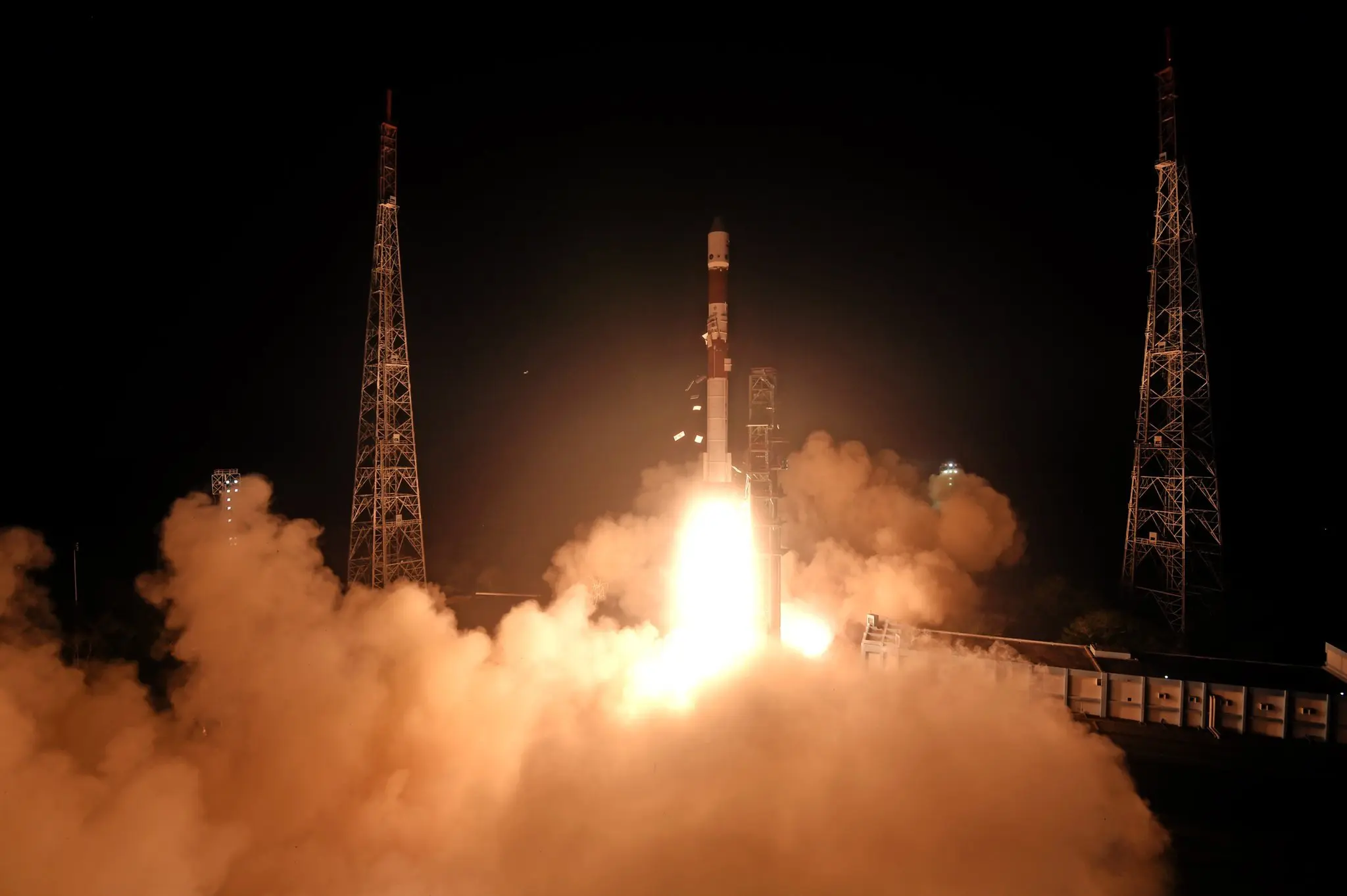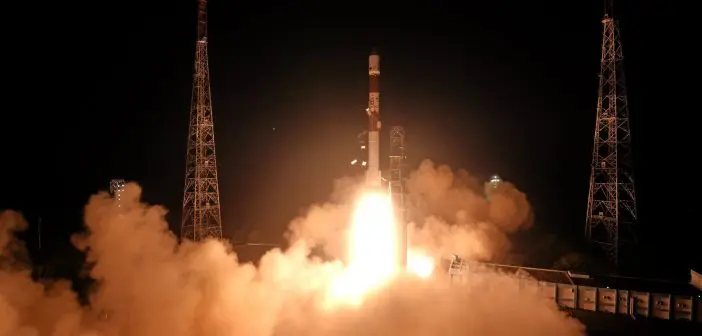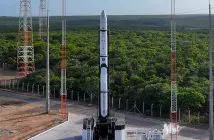
The Indian Space Research Organisation (ISRO) has successfully docked two SPADEX satellites in space, approximately 475 kilometres above sea level. ISRO said the mission demonstrated India’s ability to dock craft in space. It becomes the fourth country to do so, after the US, China, and Russia.
“Congratulations to our scientists at ISRO and the entire space fraternity for the successful demonstration of space docking of satellites,” said Prime Minister Narendra Modi. “It is a significant stepping stone for India’s ambitious space missions in the years to come.”
The SpaDeX mission launched from the Satish Dhawan Space Centre on December 30, 2024. The two spacecraft, launched via an ISRO-developed Polar Satellite Launch Vehicle (PSLV), separated in space. The docking of the two satellites on January 16 came after four postponements.
After the two 220-kilogram satellites completed the docking process, they transferred electrical power before separating and activating their payloads.
India is quickly making its mark in the space sector. The Indian Space Research Organisation says having the capacity to dock craft in space is vital for the upcoming Indian Space Station and Chandrayaan-4 missions.
The Chandrayaan-4 mission is a lunar landing, sampling, and return mission. It will demonstrate India’s ability to land a crew on the Moon and safely return them to Earth. The mission is expected to launch around 2027–2028. and ISRO is targeting 2040 to put its people on the Moon.
Further down the track, the mission will help India establish a long-term presence beyond Earth’s orbit.
ISRO also hopes its planned Bharatiya Antariksha Space Station will be operational by the middle of next decade. The modular space station will maintain an orbit of approximately 400 kilometres. ISRO says its astronauts could stay there for three to six months.
ISRO demonstrates longer Vikas liquid engine restart
Meanwhile, ISRO also successfully demonstrated restarting its Vikas liquid engine at its propulsion complex in Mahendragiri on January 17. The Vikas engine powers the liquid stages of its launch vehicles.
“In this test, the engine was fired for 60 seconds after which it was shut-off for a period of 120 seconds followed by restart and firing for seven seconds duration,” an ISRO statement reads. “All engine parameters during the test were normal and as expected.”
A shorter duration restart was successfully carried out last month with a shut-off time of 42 seconds and firing duration of seven seconds each.
“This stage is the tenth L110 liquid stage integrated at the ISRO Propulsion Complex and is earmarked for the LVM3 mission under a commercial agreement between NewSpace India Limited (NSIL) and AST SpaceMobile & Science to launch their BlueBird Block 2 satellite,” the statement added.
ISRO plans further tests in the coming days to refine the engine’s performance under restart conditions.
Separately, in the wake of the SpaDeX launch, the Indian Government has approved the establishment of a third launch pad at the Satish Dhawan Space Centre. It will take four years to build and cost INR39.85 billion rupees (AUD743.3 million). ISRO says it will support next-generation launch vehicles, future human spaceflight missions and augment existing launches.





